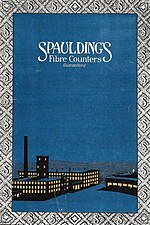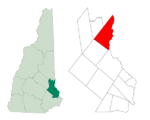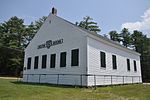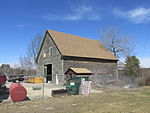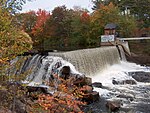West Lebanon Historic District
Buildings and structures completed in 1733Federal architecture in MaineGreek Revival architecture in MaineHistoric districts in York County, MaineHistoric districts on the National Register of Historic Places in Maine ... and 3 more
NRHP infobox with nocatNational Register of Historic Places in York County, MaineUse mdy dates from August 2023
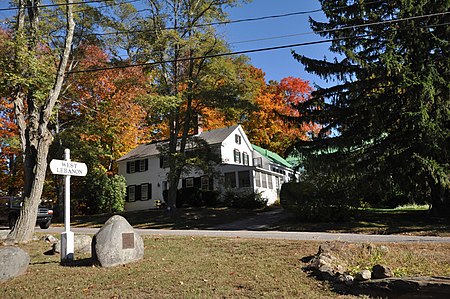
The West Lebanon Historic District encompasses a rural village center in Lebanon, Maine. Built over a period of less than 100 years between the 1770s and 1870s, the small village at the junction of West Lebanon, Shapleigh, North Rochester, Orrills Hill, and Jim Grant Roads is a well-preserved example of a 19th-century rural Maine village. It was listed on the National Register of Historic Places in 1975.
Excerpt from the Wikipedia article West Lebanon Historic District (License: CC BY-SA 3.0, Authors, Images).West Lebanon Historic District
Shapleigh Road,
Geographical coordinates (GPS) Address Nearby Places Show on map
Geographical coordinates (GPS)
| Latitude | Longitude |
|---|---|
| N 43.384166666667 ° | E -70.951111111111 ° |
Address
Shapleigh Road 624
04027
Maine, United States
Open on Google Maps
